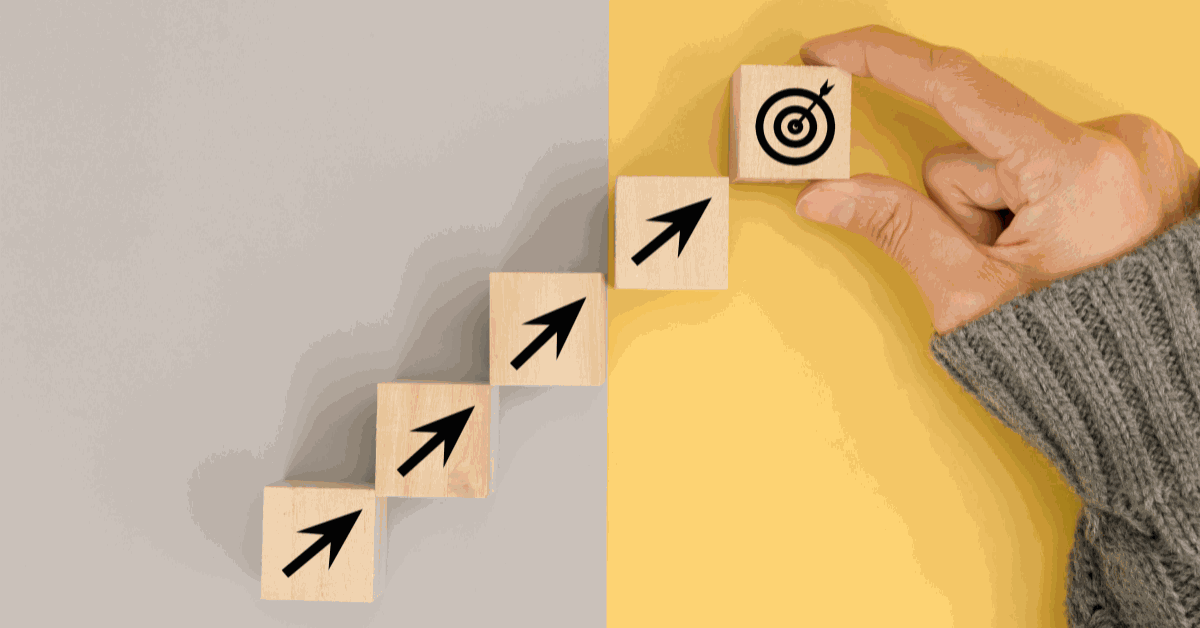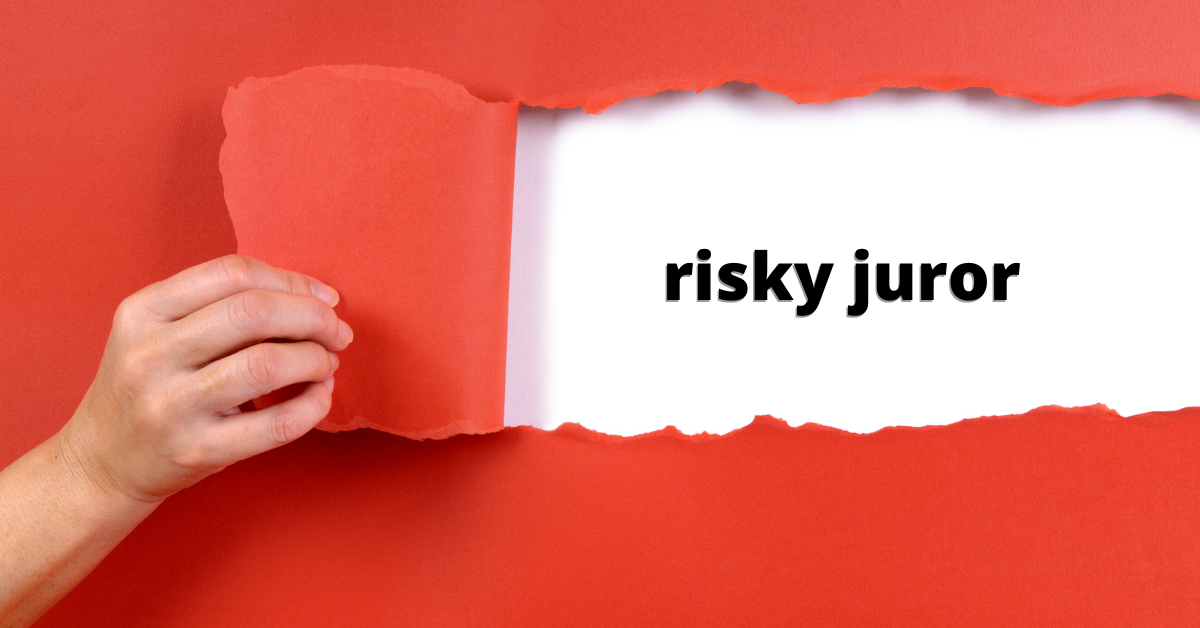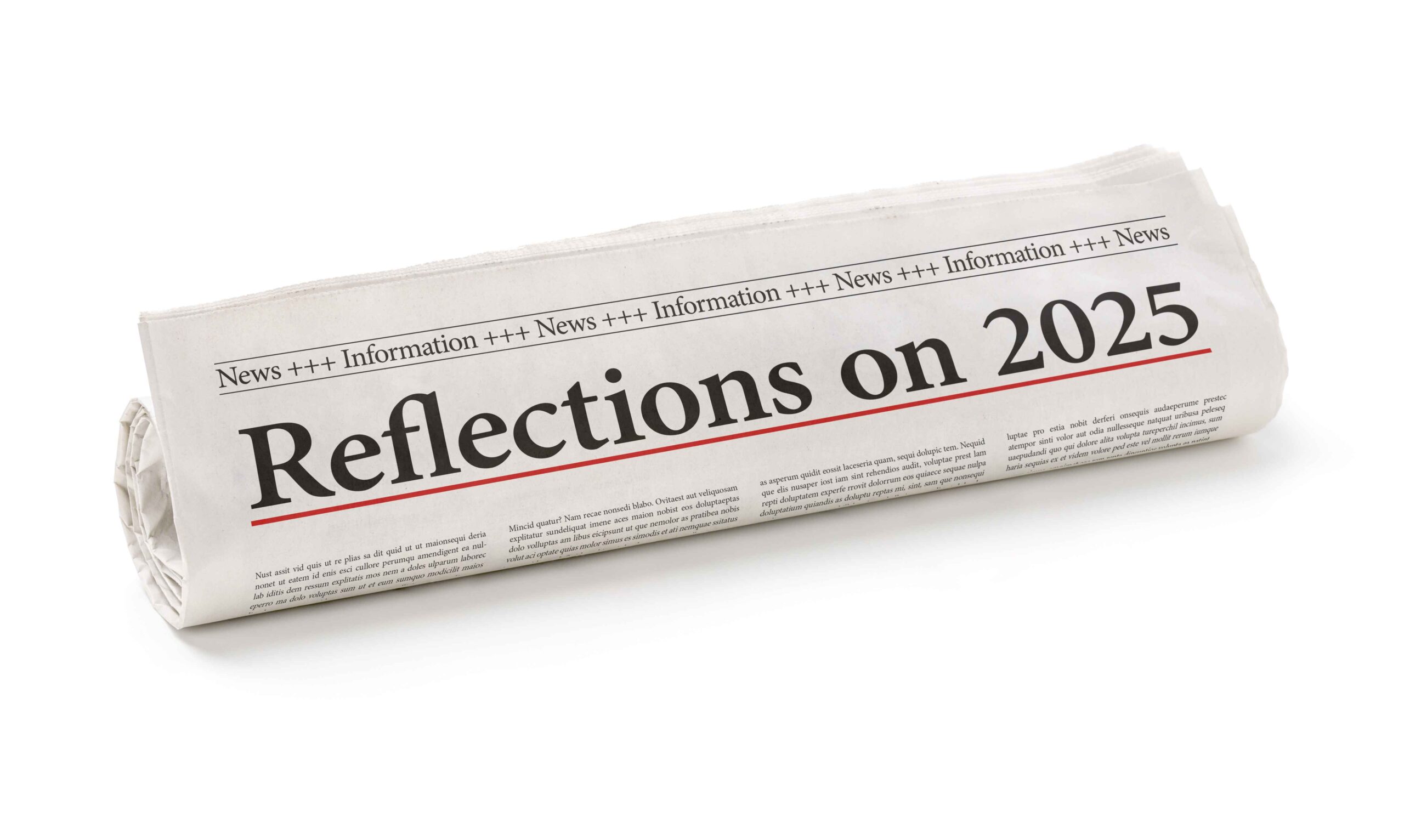Various factors affect the psychology involved in jury decision-making, including storytelling techniques, the personalities and moods of the witnesses, and the role of emotion during a trial. One effective tool is the directing attention technique. The ability to effectively influence and direct the attention of jurors can have a significant impact on their decision-making process. Correct use of this method enhances the storytelling approach and influences decision-making.
How can an attorney get the attention of the jury early?
In order to capture the jury’s attention, attorneys must initially establish their credibility. To do this effectively, they must employ several techniques like:
– Crafting a compelling opening statement
– Using visual aids
– Engaging jurors through questioning
– Creating a sense of urgency
– Hinting at key evidence
– Speaking with enthusiasm
– Addressing jurors directly
– Using technology to demonstrate evidence effectively
How can you use directing attention to influence decision-making?
Jury decision-making plays a crucial role in the outcome of legal cases, so gaining their favor is key. Directing attention involves strategically guiding jurors’ focus toward specific elements of a case that are favorable to the presenting party. By highlighting key facts, evidence, and arguments, attorneys can shape jurors’ perceptions and influence their decision-making.
What factors influence jury decision-making?
Factors like attitudes, beliefs, experiences, and personality types are vital in predicting and influencing jury decision-making. Demographics can be used as a starting point for juror profiling, but they are not sufficient to predict juror behavior as many commonly held beliefs and stereotypes regarding demographics are not valid.
Some common factors that influence juror decisions are:
➔ Cultural beliefs
➔ Outside social factors
➔ Life stressors
➔ Personality type
Why is knowing this important?
Trial attorneys face the difficulty of determining which prospective jurors harbor these unconscious prejudices. It is possible for jurors to conceal prejudices, especially those they believe to be less acceptable in society.
Juries use these biases to consider everything that is provided to them, known as motivational reasoning, and then selectively consider the evidence that supports their preconceived notions. This usually means they embrace the data they find appealing and disregard any that is incongruous or inconsistent. Which is why it becomes important for trial attorneys to probe potential jurors during voir dire and present facts concisely and use effective attention directing techniques.
The Directing Attention Technique in the Courtroom
One important aspect of directing attention is storytelling. Humans are naturally inclined to respond to narratives, and jurors are no exception. By crafting a compelling and persuasive story that aligns with the presenting party’s position, attorneys can captivate jurors’ attention and make a lasting impression.
As mentioned before, jurors’ cognitive biases, preconceived notions, and emotional responses can significantly influence their judgments. Attorneys must be aware of these psychological factors and tailor their arguments accordingly. Experienced attorneys employ various techniques and strategies that can direct juror attention, including:
● Presenting clear and concise evidence
● Utilizing visual aids and evidence to direct attention to specific elements
● Engaging jurors through effective communication techniques
● Preparing the case strategy with specific courtroom techniques in mind
● Crafting compelling opening and closing statements
Getting Ready to Implement the Directing Attention Technique in the Courtroom
Advancements in technology and the use of litigation psychology have further enhanced an attorney’s ability to impact jury decision-making. Tools such as mock trials and focus groups allow attorneys to test their case strategies and assess juror reactions. By gaining insights into how mock jurors perceive and interpret information, attorneys can refine their approaches and maximize the persuasive impact that affects jury decision-making.
It is worth noting that impacting jury decisions ethically and responsibly is crucial. Attorneys must always adhere to legal and ethical guidelines, ensuring fairness and integrity throughout the trial process. The goal is not to manipulate or deceive jurors but to present a compelling case that aligns with the facts and merits of the legal arguments.
Legal professionals must carefully prepare their case strategy, ensuring every element contributes to the directed narrative. Crafting compelling opening and closing statements becomes an art form as attorneys strive to lead the jury’s attention in a way that aligns with their desired case narrative. The use of visual aids and demonstrative evidence further enhances the effectiveness of the technique, creating a multi-sensory experience that solidifies the story in the minds of the jurors.
Directing Attention and Storytelling Includes:
● Strategic guidance toward specific elements of a case
● Highlighting key facts, evidence, and arguments
● Shaping jurors’ perceptions and influencing their decision-making
● Acknowledging humans’ natural inclination to respond to narratives
● Crafting compelling and persuasive stories
● Aligning with the presenting party’s position
Impacting jury decision-making through directing attention is a multifaceted and essential aspect of the legal process. By understanding the psychology behind juror decision-making, attorneys can enhance their ability to influence juror perceptions. Utilizing storytelling techniques and employing effective communication strategies further contribute to achieving favorable outcomes for their clients.
To learn more about impacting jury decision-making and other litigation psychology topics, speak with one of our experts.
Be confident in achieving superior litigation outcomes. CSI has the expertise, track record, and capabilities to help you win.



